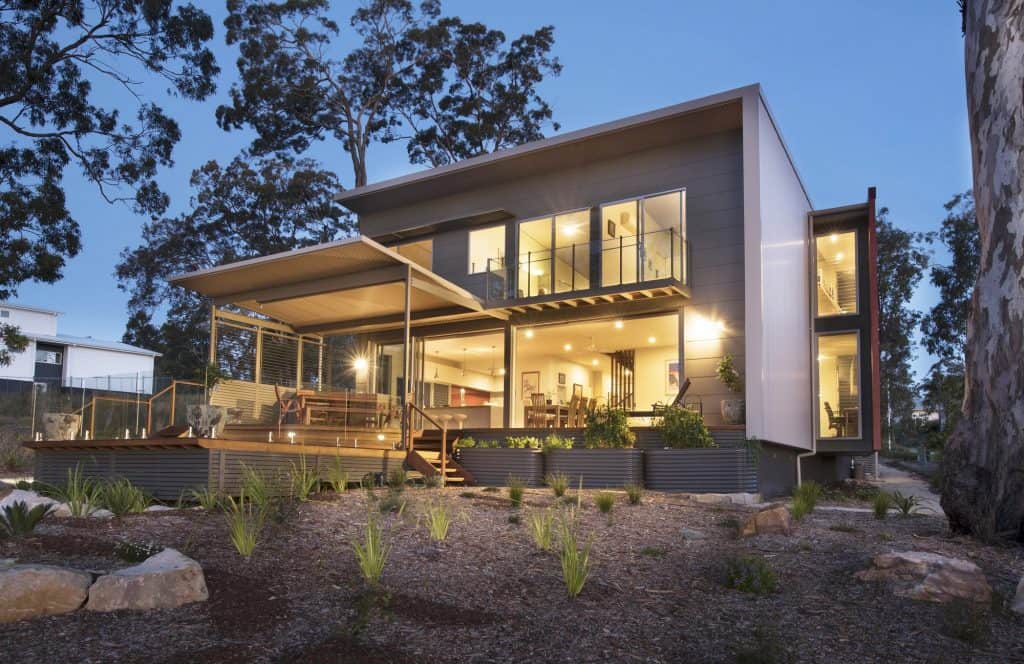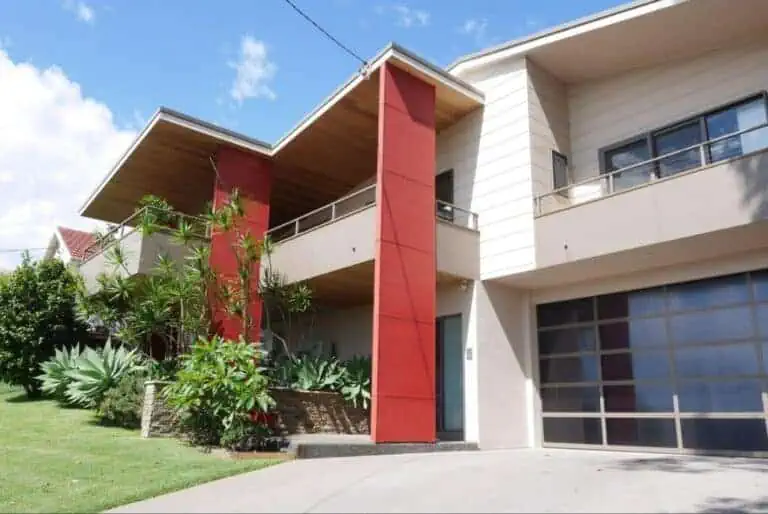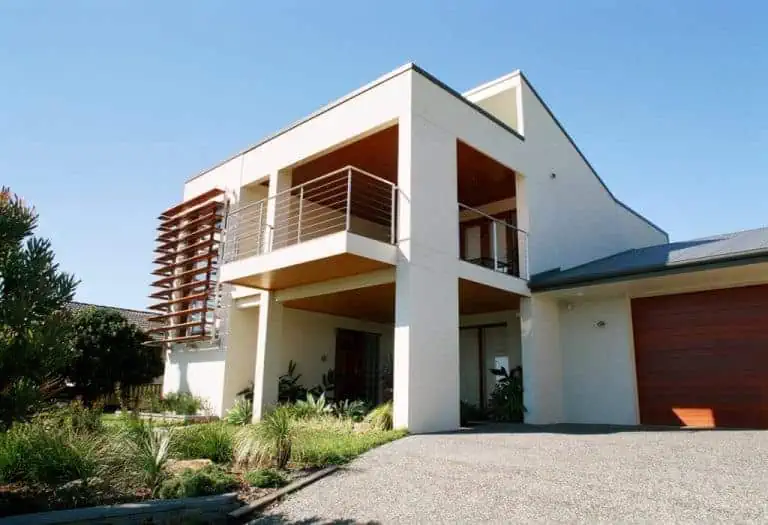
What is “on trend” right now
If you have seen an episode of “The Block” or other similar home renovation TV shows, there’s no doubt you will have heard the question: “What is on trend?”
Judges and contestants alike seem to be laser-focused on this concept as they try to heighten the drama by hinting at some secret knowledge only they possess. Unfortunately, the use of this type of language when discussing building design is more misleading than informative.
Fashion, fads and trends can be seductive and very hard to escape, pervading all popular media and seeping into our subconscious. The extremes and mistakes of fashion in clothing, food, cars, and other products can be easily discarded each new season or when out of date. This is all part of modern consumer culture for better or worse and has undoubtedly crept into architecture and renovation trends.
Architecture and building is an entirely different matter. Buildings are the result of significant investment and are meant to serve their owners for many decades or even centuries. This essential difference between an item of disposable clothing and a permanent building requires a totally different approach.
A good building is seeking a timeless quality through the fundamentals of functionality, interesting spaces, sound construction, good environmental conditions, protection from weather extremes and enhancement of lifestyle. To achieve these goals, fashion or fads must be carefully and deliberately excluded from the design. Architecture does not progress by following trends manufactured by media, but through the incorporation of new materials, technology and structural systems and the changes in our social requirements.
The more popular an architectural trend, the shorter the lifecycle
Often attempts to include elements to be “on trend” or at the cutting edge of innovation can be the very things that prematurely date a project. It is not too hard to think back to past trends e.g. textured red brickwork (1960s) brick arches (1970s), federation details (1980s) which were all so fashionable in their day but not so now. Much of our current renovation work involves make-overs to remove these old “on trend” elements.
The best advice is to be wary of being overly influenced by the “latest and greatest” products that have just appeared on the market. Keep in mind the likely life of the building or interior and also that you will have to live with your selections every day for a very long period of time.
Temporary elements are usually more forgiving
Some items are more easily changed or updated than other fixed building materials. Items such as carpets, rugs, cushions, blinds, curtains and furniture can be changed to create a totally different atmosphere. Many of these items tend to wear more quickly, in any case, demanding more frequent updates.
A new coat of paint in a different colour is a relatively easy change yet can offer dramatic improvement.
Many of the external building materials such as cladding, windows and roofing are elements that can last the lifetime of the building. Due to their long life, these materials require careful selection.
In summary, all buildings require regular maintenance which can be an opportunity for a fresh appearance. It is important not to be swayed by the more extreme fads and architecture trends and to restrict any bold decisions to these elements that may be more easily changed.
Need some advice regarding your next project? Contact us to discuss your design requirements no matter how large or small.
Image source: Mark Lawler Architects


